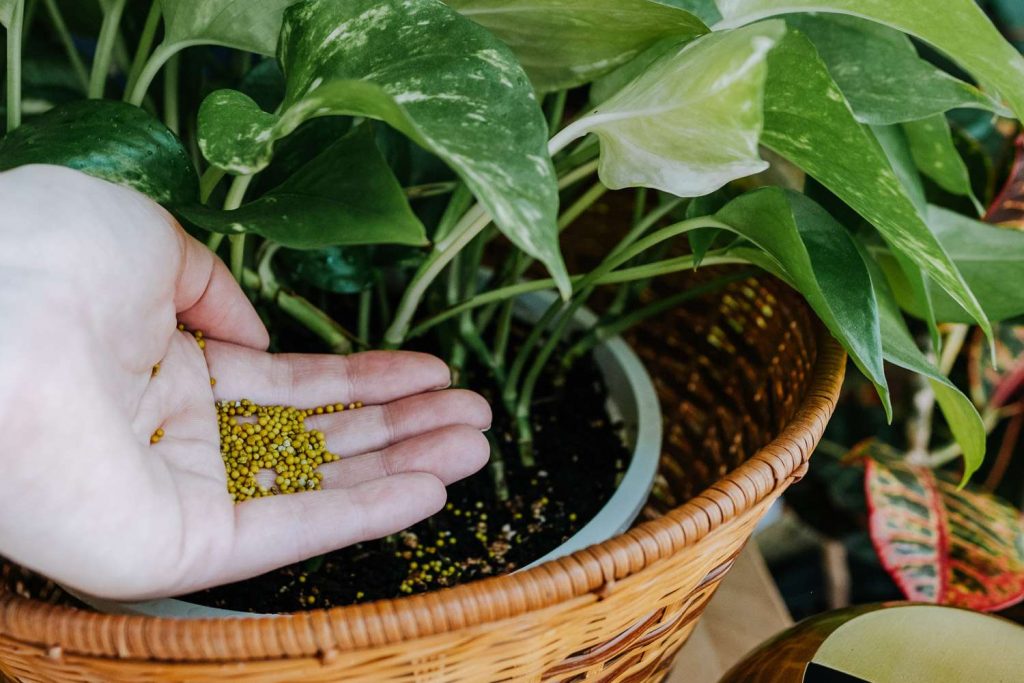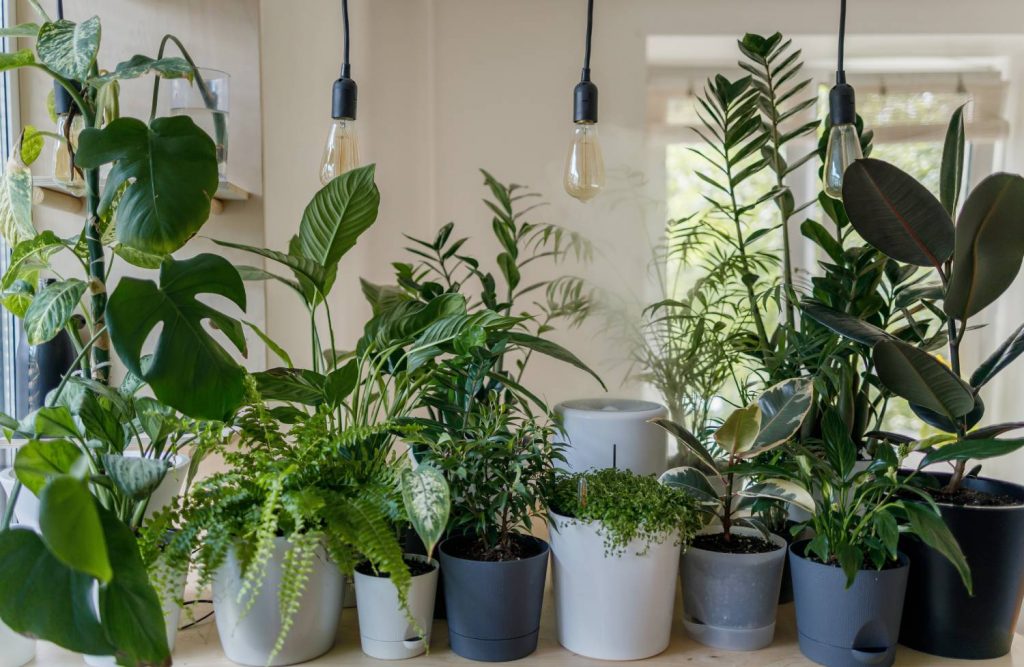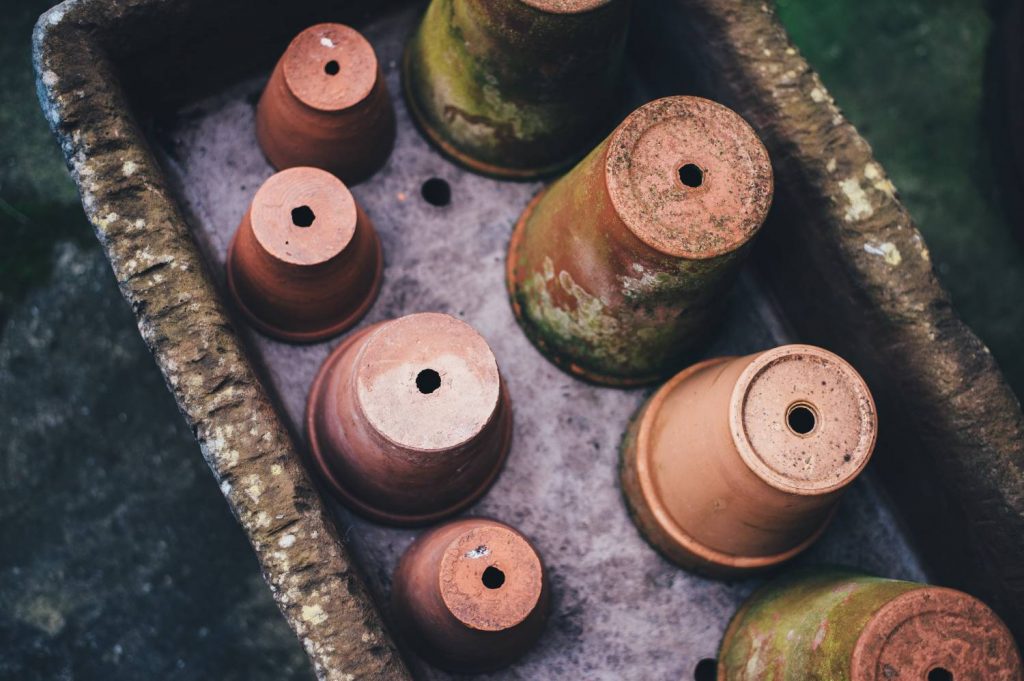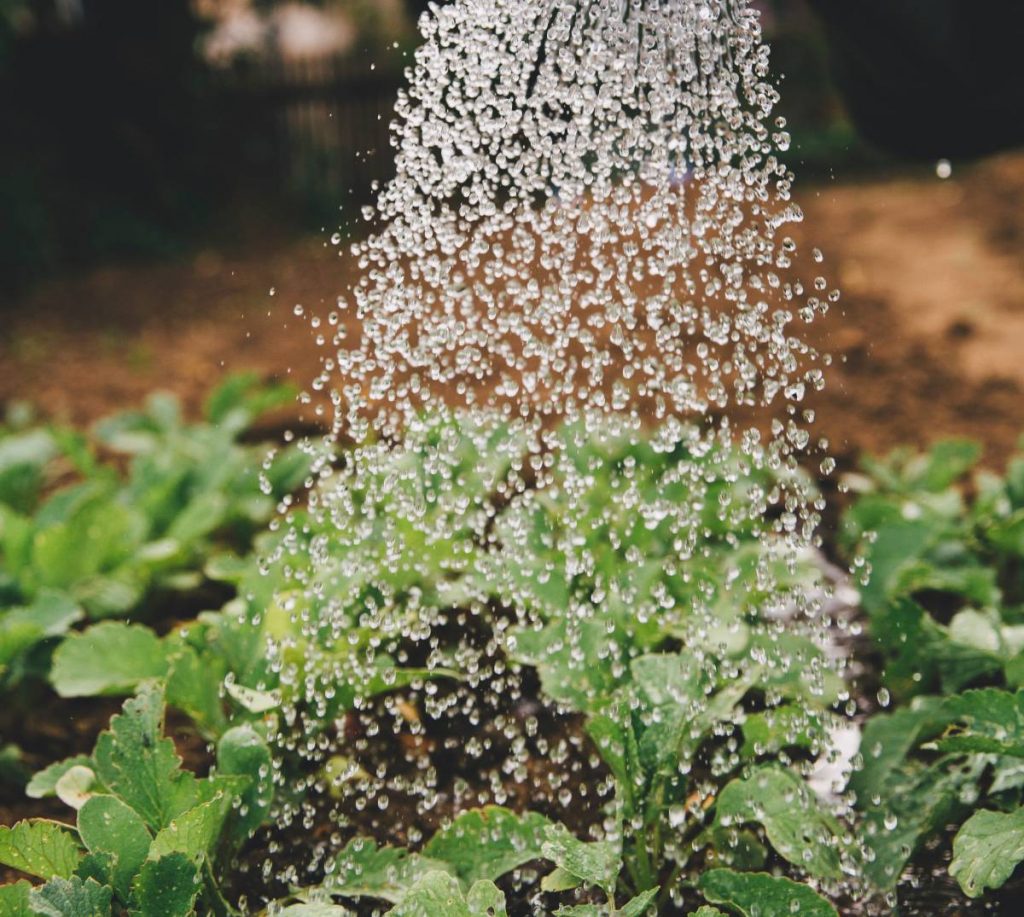The Secret to Thriving Plants: Understanding Fertilizer and How to Use It

As a plant lover, you know that keeping your green babies healthy and happy is a top priority. One aspect of plant care that is often overlooked, but crucial to the overall health and growth of your plants, is fertilizer.
Fertilizer is a mix of essential nutrients that plants need to grow, including nitrogen, phosphorus, and potassium. These nutrients are often found in soil, but can become depleted over time, especially when plants are in pots or containers. That’s where fertilizer comes in – it provides an extra boost of nutrients to help your plants thrive.
When choosing a fertilizer, it’s important to understand the three numbers on the packaging – these represent the ratio of nitrogen, phosphorus, and potassium in the product. Nitrogen is important for leaf growth, phosphorus promotes root growth, and potassium is essential for overall plant health. Different plants have different needs, so it’s important to choose a fertilizer that is tailored to the specific type of plant you are growing.
One popular type of fertilizer is slow-release fertilizer, which releases nutrients over a longer period of time. This is a great option for busy plant parents who may not have time to fertilize their plants as often.
Another option is liquid fertilizer, which is easy to apply and quickly absorbed by the plant. This is great for plants that are experiencing a growth spurt or are in need of a quick boost.
When applying fertilizer, it’s important to follow the instructions on the packaging and to not over-fertilize, as this can harm your plants. A general rule of thumb is to fertilize your plants once a month during their growing season and every 6-8 weeks during the dormant season.
In summary, fertilizer is an essential part of plant care and can make a big difference in the health and growth of your plants. By understanding the different types of fertilizer and how to properly apply them, you can give your plants the boost they need to thrive.
Consider supplementing your plants with fertilizer, you can check out the selection that Amazon has here!




